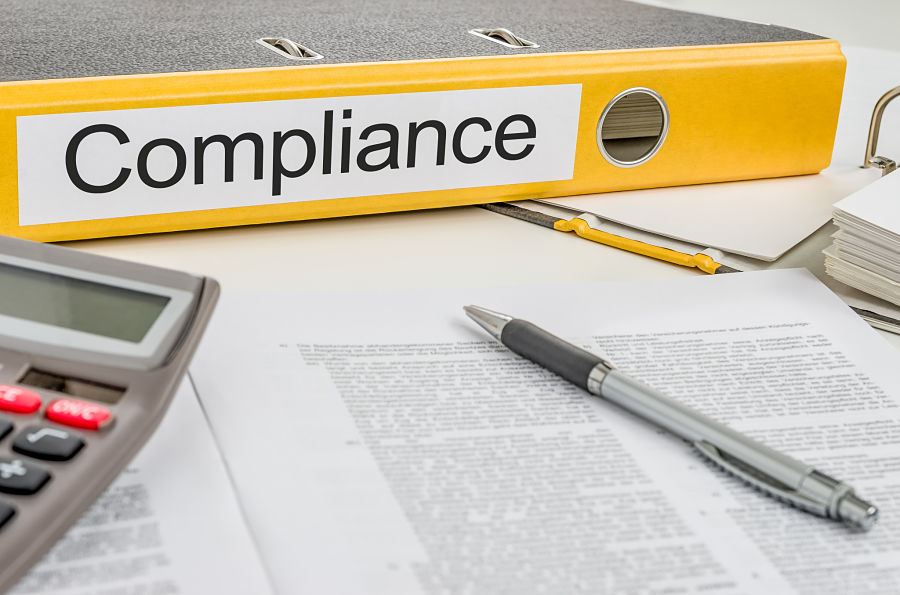
As the use of digital media grows — whether it’s social media, email, websites or blogs — maintaining a compliant practice in a regulated environment has become increasingly challenging.
There are no specific regulations governing the use of digital media for financial advisors. But, says Vipool Desai, president of Ara Compliance Support in Toronto: “In principle, the rules are no different from those used in traditional forms of marketing and advertising.”
You will therefore have to adhere to the compliance policies of your firm or practice when using digital media — whether for networking, building relationships, informing and educating clients or advertising.
“You’re interacting with people in real time by texting, tweeting or chatting,” Desai says. “You could very well say something that’s inappropriate during [such] a conversation, which introduces new types of compliance risk.” If your digital media activity is being monitored, your non-compliant response would be picked-up after the fact.
Whatever you say online can be instantly shared with an unlimited number of people and becomes part of a permanent electronic record — even if you remove a post from your own digital media platform. You could also be “selling your message across borders, without registration,” he adds.
Desai offers the following suggestions to reduce compliance risk:
> Create a written policy
Your practice should have a written digital media policy that clearly defines the “dos and don’ts,” Desai says.
Designate specific staff who are allowed to use digital media to communicate your firm’s message, he says, and put in place “reasonable prohibitions.”
For example, staff may have personal social media accounts. But if clients who are their friends on Facebook, for example, want to discuss business, let them contact staff through their approved business e-mail.
> Pre-approve content
Content posted on digital media should be pre-approved in the same way that content is pre-approved for print, Desai says.
He recommends using digital content to “drive people to a controlled environment in your practice,” where all conversations and activities can be monitored for compliance.
Digital media should not be used to sell advice or products, Desai says. Static content, such as staff LinkedIn profiles, Twitter backgrounds or Facebook pages, are similar to advertising and should be pre-approved for compliance.
> Include relevant disclaimers
When communicating on digital media, you are communicating with a broad audience. Therefore, you should not make recommendations that might not be suitable to your entire audience.
To be compliant, you should have relevant disclaimers that state you are not providing investment advice or that what you might say is not suitable for everyone.
> Monitor digital activity
You have an obligation to monitor all business-related communication on digital media. This may require the use of appropriate software tools that track and record the activities of your staff.
Make staff aware that you are tracking their business-related activities and that they should not comingle their personal communications with their professional activities.
Photo copyright: zerbor/123RF